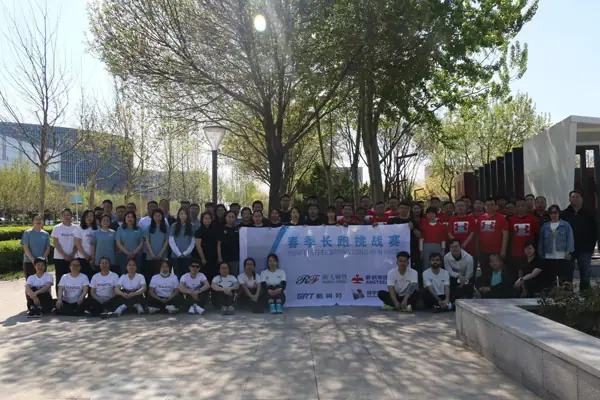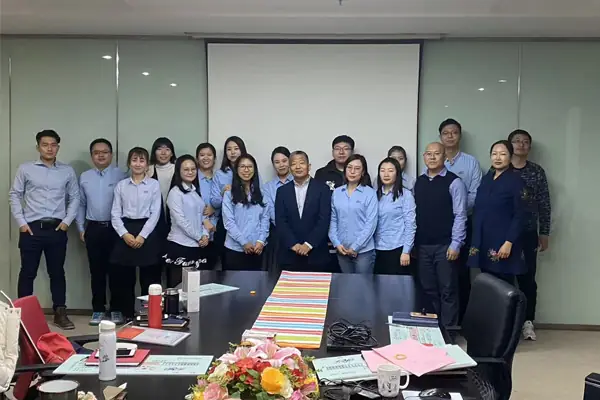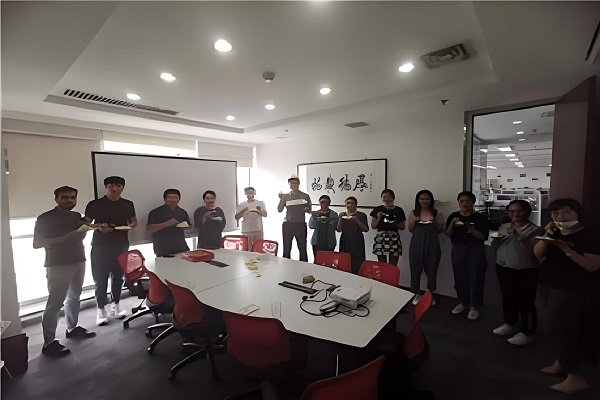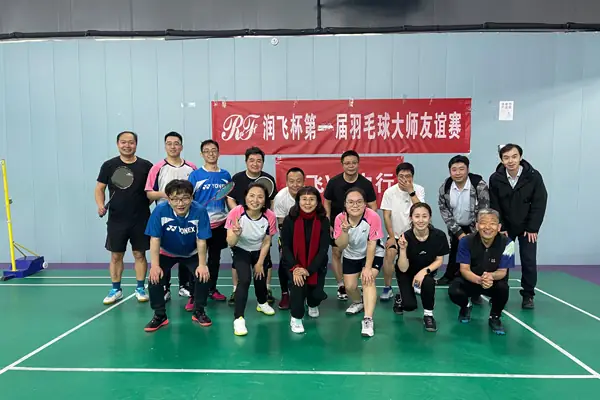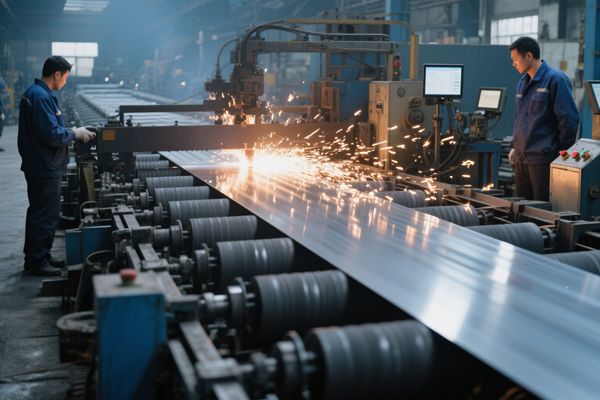Street Signs and Poles: Fabrication Using Galvanized Steel
The fabrication of street signs and poles from galvanized steel is a multi-stage process designed to maximize structural integrity and corrosion resistance:
Steel Selection: The process starts with high-quality low-carbon steel sheet (for signs and sign blanks) and tubular steel sections (poles) or rolled steel shapes (brackets). Thickness and grade are chosen based on the sign/pole size, required strength (wind load, impact resistance), and regulatory standards (like MUTCD – Manual on Uniform Traffic Control Devices).
Design & Engineering: Detailed engineering drawings are created, specifying dimensions, cutouts (for sign legends), mounting holes, pole tapers, base plates, anchor bolt patterns, and reinforcement needs. CAD software is often used for precision.
Primary Fabrication:
Cutting: Steel sheets and tubes are cut to the required sizes and shapes using shearing, laser cutting, plasma cutting, or sawing. Sign blanks are cut to standard rectangular, square, or custom shapes. Poles are cut to specified lengths, often with a taper for structural efficiency.
Forming & Shaping:
Sign Blanks: Flat sheets may undergo bending or brake pressing at the edges to add rigidity (e.g., hemmed edges) or create specific profiles. For complex sign shapes like curve warning signs, rolling or pressing is used.
Poles: Tubular sections are often tapered using specialized rolling mills. Base plates, brackets, and mounting hardware are punched, drilled, and bent as required. Sign mounting arms may be bent into shape.
Welding & Assembly: Components like base plates, anchor bolt sleeves, reinforcement ribs (for large signs), mounting brackets, and slip joints (for telescoping poles) are meticulously welded onto the main pole or sign blank structure. Weld quality is critical for structural integrity. Sign panels are typically fabricated as blanks at this stage; adding the retroreflective legend comes later.
The Crucial Step: Galvanization:
Surface Preparation: Before galvanizing, all fabricated steel components undergo rigorous cleaning to remove oil, grease, mill scale, rust, and dirt. This involves degreasing, acid pickling (to remove rust/scale), and fluxing to prevent oxidation and promote zinc adhesion. Imperfect cleaning leads to poor galvanizing.
Hot-Dip Galvanizing: The prepared steel is immersed in a molten bath of zinc (typically around 450°C / 850°F). A metallurgical reaction occurs between the iron in the steel and the molten zinc, forming a series of zinc-iron alloy layers, topped by a pure zinc outer layer. This creates a bonded, durable coating that becomes an integral part of the steel.
Cooling & Inspection: After withdrawal, the galvanized components are cooled (often by water quenching or air cooling). They are then inspected for coating thickness, adherence, uniformity, and coverage. Standards like ASTM A123 specify requirements.
Finishing & Signage Application:
Sign Legends: The galvanized sign blanks are now ready for the application of retroreflective sheeting (prismatic, encapsulated, etc.), which forms the actual traffic message (symbols, words, borders). This sheeting is precision-cut using computer-guided plotters and applied to the clean, galvanized surface.
Touch-up (if necessary): Minor damage to the galvanized coating incurred during handling or sheeting application may be repaired using approved zinc-rich paints meeting ASTM A780 specifications.
Final Assembly: Poles, brackets, and signs are assembled into complete systems or packaged for shipment.
Quality Assurance & Standards: Throughout the process, adherence to stringent standards is vital (e.g., ASTM for materials, welding, and galvanizing; AASHTO for structural design; MUTCD for traffic devices). Dimensional checks, weld inspections, coating thickness measurements, and salt spray testing are common QA practices.
Galvanization is not merely a coating; it is a sacrificial shield, where the zinc layer protects the underlying steel from corrosion for decades, significantly reducing the lifecycle cost and maintenance burden associated with roadside signage and supports. The resulting products withstand the relentless assault of weather, de-icing salts, and pollutants, maintaining their structural integrity and crucial visibility far longer than unprotected alternatives. Ultimately, the widespread use of galvanized steel in fabricating street signs and poles underscores its proven effectiveness as the backbone of safe, efficient, and durable transportation infrastructure, silently performing its vital role in communities worldwide for generations.

